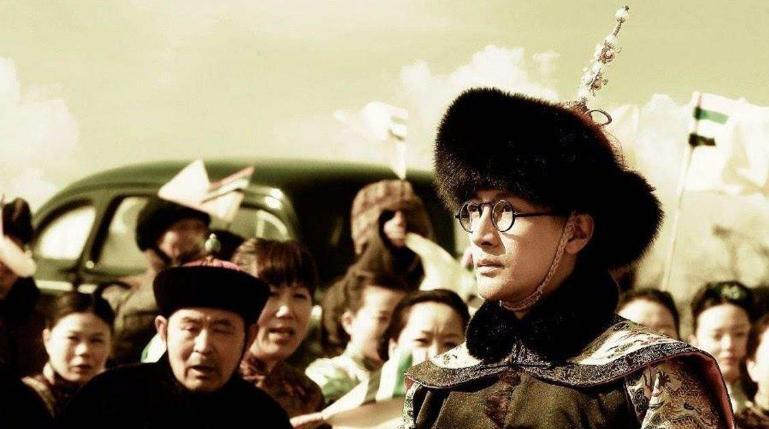The last feudal dynasty to collapse was the Qing Dynasty, which many people have the impression of corruption, incompetence, and land-cutting indemnities. In fact, the first half of the Qing Dynasty's history is still relatively inspirational and brilliant, especially during the reign of KangQian, it can be said that in the economic and cultural fields, achievements beyond the previous dynasty have been made. The rulers of the Qing Dynasty were Manchus, and the Manchus were also divided into nobles and commoners according to class levels, of which the Eight Banners were the aristocratic class. With the overthrow of the Qing Dynasty, where did the Eight Banners disciples who once called the wind and rain go?

The original Eight Flags children's life is quite superior, and their noble origins determine their life trajectory, and they do not have to rely on their hands to eat for a lifetime. However, with the subversion of the feudal dynasty and the changes in the new era, the children of the Eight Banners instantly lost the wealth and noble status inherited by their ancestors, and could only slowly disappear into the vast sea of people and become ordinary people. At the beginning of this century, a large number of Manchu descendants were found in Lalin, Heilongjiang Province, including some descendants of the former nobility, such as Soetu and Hezhen descendants.
The Manchus lived in the northeast before they entered the Central Plains, and Larin was one of their birthplaces. The land is rich and the forest resources are abundant, but it is rarely inhabited. After all, compared with the bustling Central Plains and Jiangnan, the climatic conditions in the northeast region are even worse. However, after the Qianlong Emperor came to power, he suddenly wanted to revitalize this ancestral birthplace, so there was the later "Jingqi Twenty-Four Tuns". With the increasing number of Eight Banner disciples in the Beijing-Tianjin area, plus they all did not have to work, and all relied on the imperial court for support, so the Qianlong Emperor thought of a way to get the best of both worlds.
Selecting personnel from the Eight Banners in the Beijing-Tianjin region to garrison Lalin, one can guard the frontier and develop the ancestral land, and the other can alleviate the heavy financial burden of the imperial court. These Eight Banners disciples later developed twenty-four villages in the local area, and the names of the villages were named after the flag and have been used until now. After the fall of the Qing Dynasty, many of the fallen Eight Banners came to live in Lalin, where they engaged in agricultural labor and lived a simple and comfortable life, including the descendants of Hezhen.
The villagers and Yingqi are said to be descendants of Heda. Because the ancestors liked to talk about noodles the most before they were born, this rule has been used until now, and every wedding and funeral in the family is very solemn and cumbersome. In Larin, many villagers have a tradition of worshipping the "old shadow", that is, worshiping the portraits of ancestors on the night of Chinese New Year's Eve. Originally, there was an "old shadow" in each of the eight flags, but due to the changes of the times, only the "old shadow" of Hezhen was still real, and the other families were copies.
The former princes and nobles became commoners, but the descendants of the Eight Banners living in Larin, although engaged in the same work as ordinary people, had a sense of superiority over ordinary people in their thinking. They have always been proud of the glory and honor of their ancestors, and this strong sense of family honor has been passed down from generation to generation and will continue to be passed down, and some people even call this phenomenon "Beijing Flag Culture".